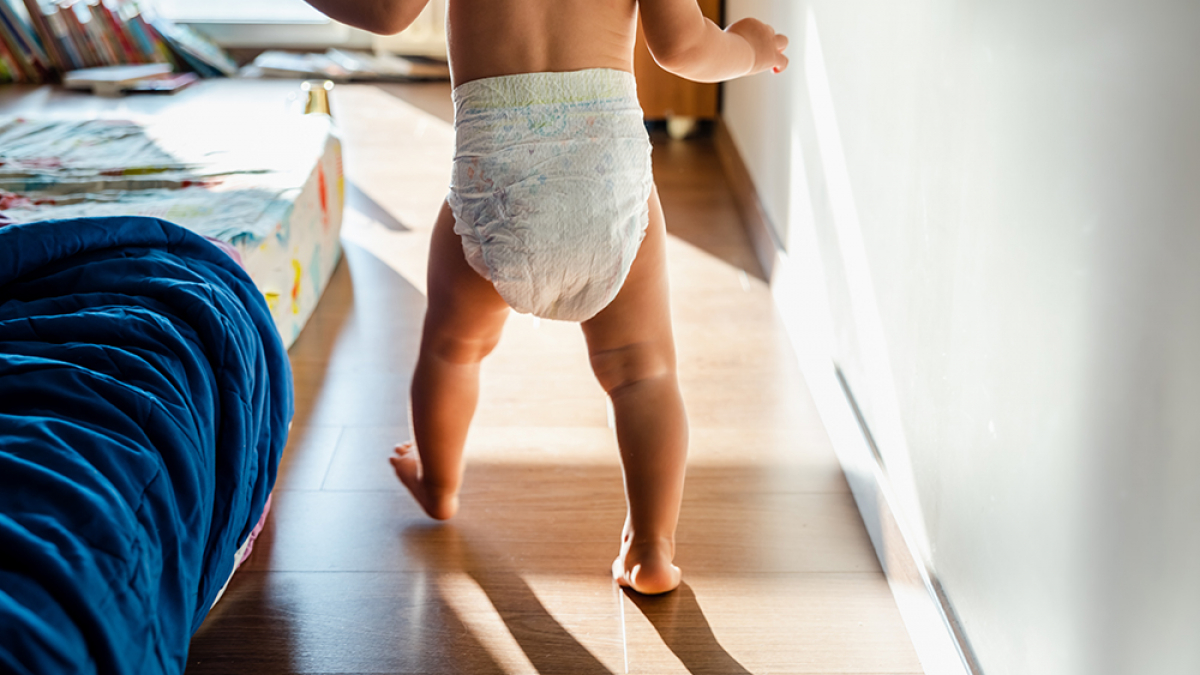Baby Steps – Charting Your Child’s Growth and Development
From Tiny Tot to Toddler
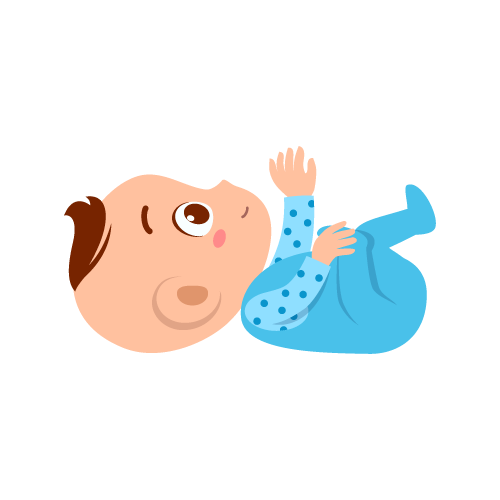
0 - 2 Months
• Communicates with little grunts, sneezes and cries
• Vision is at about 8-12 inches
• Makes eye contact and learns to laugh
• Responds to smiles and voices
• Neck strengthens and can lift head
Start introducing tummy time (lying on their stomach). If babies can lift their head, stimulate them with toys and mirrors to encourage stretching and eye-hand coordination.
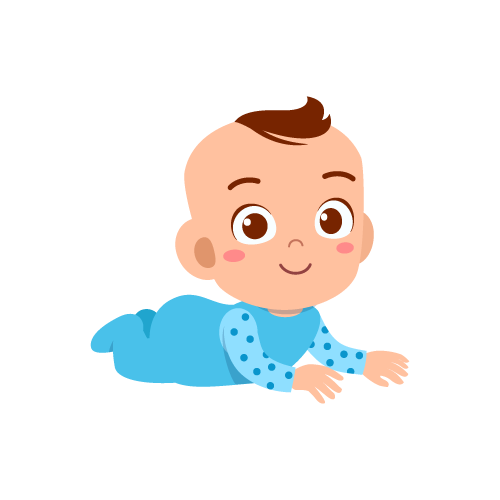
3 - 4 Months
• Recognises faces
• May begin teething
• Likely begin to push up on elbows
• Can begin to roll on belly
Sing and read to your baby so they get used to the sound and tonality of voices. Stimulate their memory and interest by showing pictures of your family and playing Peek-A-Boo.
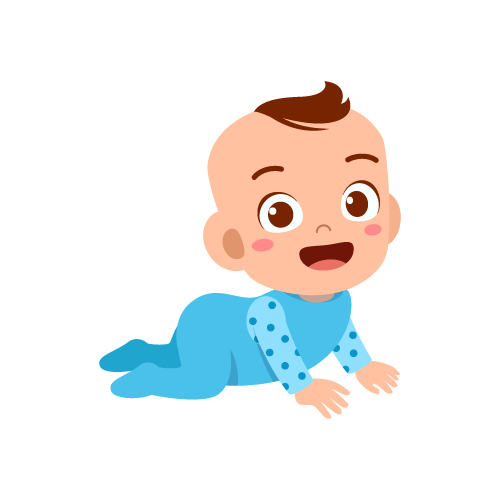
5 - 6 Months
• Begins to crawl and sit
• May be able to reach and grab things
• Imitates sounds such as dada, mama
• Recognises own name
Talk to your baby in full sentences and describe things around them to help boost their language development. Stimulate them with rattle toys to learn cause and effect.
Start introducing tummy time (lying on their stomach). If babies can lift their head, stimulate them with toys and mirrors to encourage stretching and eye-hand coordination.
Sing and read to your baby so they get used to the sound and tonality of voices. Stimulate their memory and interest by showing pictures of your family and playing Peek-A-Boo.
Talk to your baby in full sentences and describe things around them to help boost their language development. Stimulate them with rattle toys to learn cause and effect.
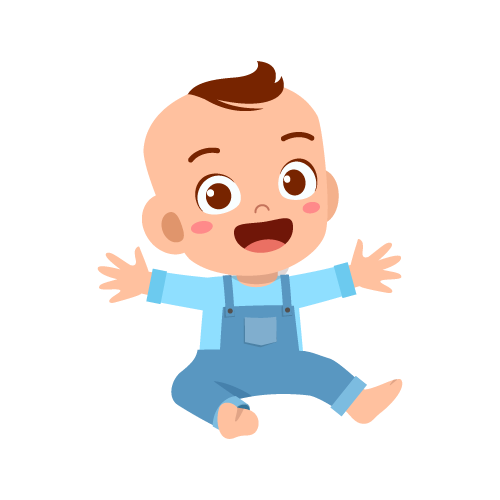
7 - 8 Months
• May start to support own weight on legs with supervision
• Tries to mimic adult sounds
• Learns to understand “No”
• Can differentiate familiar and unfamiliar faces
• May become shy or anxious around strangers
Play “Hide-n-Seek” to encourage curiosity and boost cognitive development.
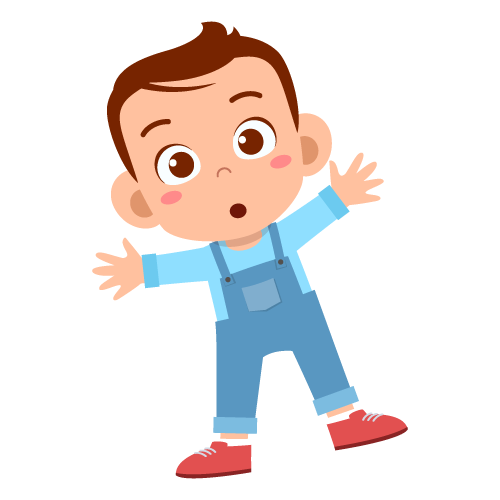
9 - 10 Months
• Imitates gestures
• Have better mobility with hands such as clapping
• May begin to express feelings, likes and/or dislikes
Stimulate development with stacking toys or puzzles, colour charts and nursery rhymes. Improve motor skills with baby gyms/obstacle courses.

11 - 12 Months
• Can begin to walk on their own
• Understands simple commands
• Can help with dressing themselves
• Able to learn simple colours and numbers
Begin to teach them associations: “Baby, who is this?” “What colour is the sky?”
Play “Hide-n-Seek” to encourage curiosity and boost cognitive development.
Stimulate development with stacking toys or puzzles, colour charts and nursery rhymes. Improve motor skills with baby gyms/obstacle courses.
Begin to teach them associations: “Baby, who is this?” “What colour is the sky?”
Activate Your Child’s Potential
Increase your baby’s mental and physical development with Xeniji, a broad spectrum enzyme catalyst that has undergone 1,200 days of fermentation before it is broken down into micro-fine nutrients for immediate absorption into cells and activation of enzymes in the body.


